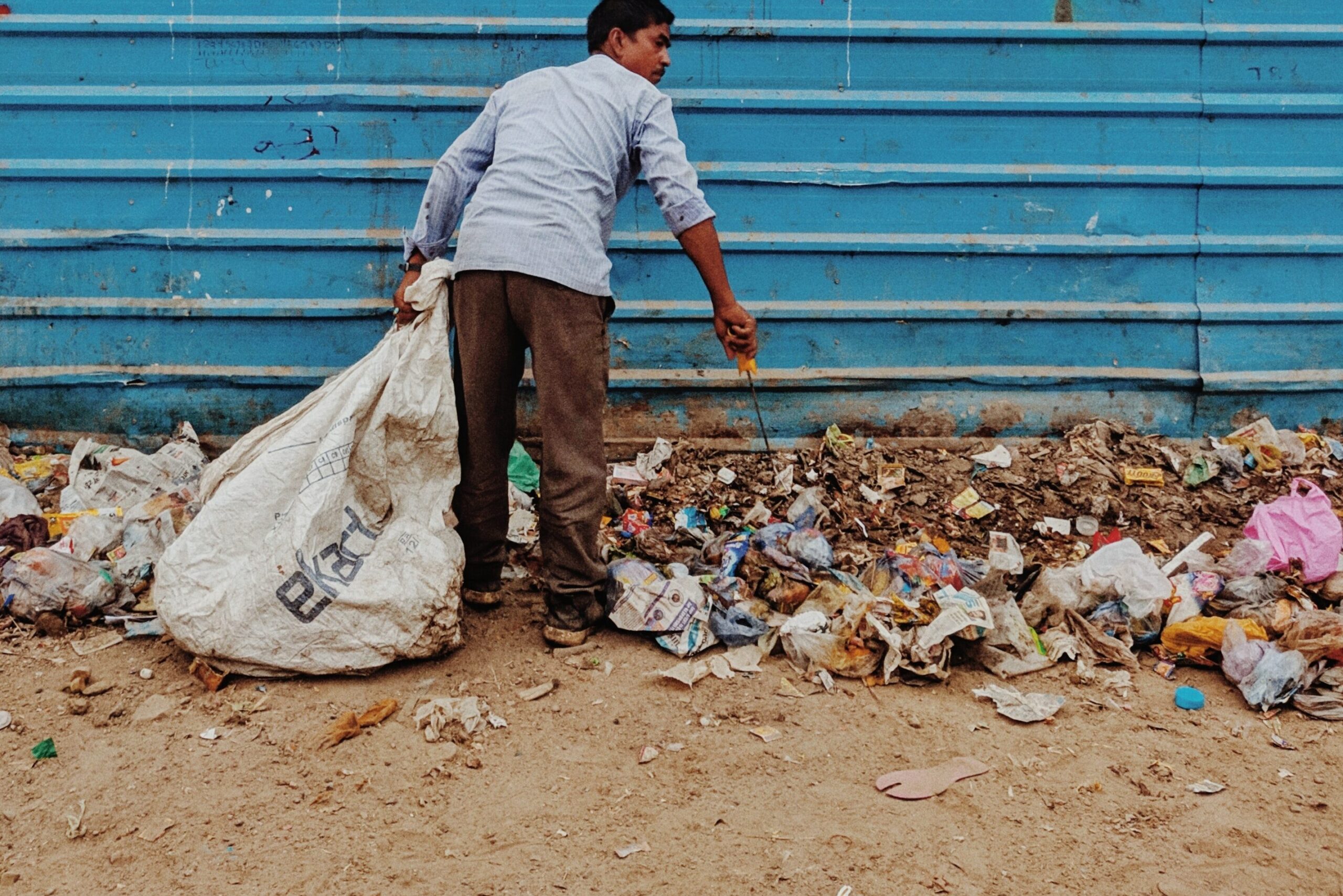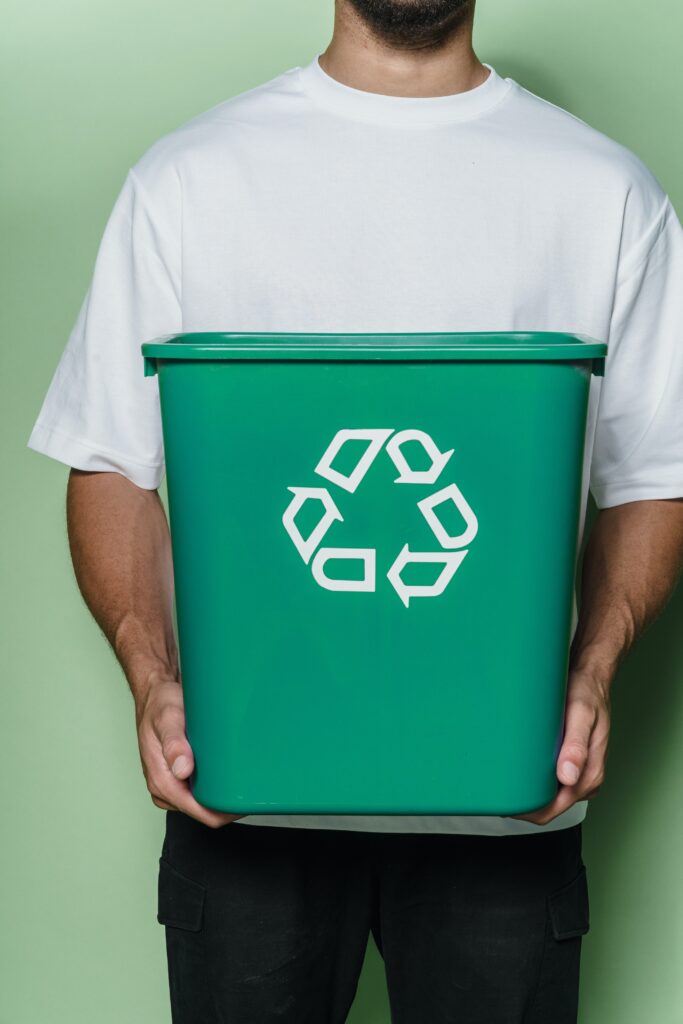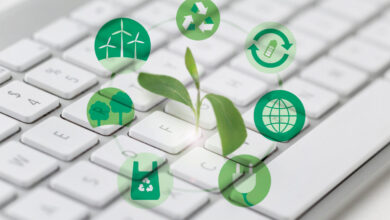Plastic Neutrality and Offsetting: Unlocking the Path to a Sustainable Future

The goal of plastic neutrality is to remove and recycle plastic waste from the environment and reduce plastic use to minimize an individual’s or company’s plastic footprint.
Plastic pollution is very real and it is causing issues in the environment at an alarming rate. Every day, 8 million pieces of plastic pollution make their way into our oceans. This causes our marine life to die and suffer.
We’ve all seen pictures of turtles and fishes choking on plastic covers in the ocean. Marine plastic pollution has killed 100% of the sea turtles studied, 59% of the whales, 36% of the seals, and 40% of the seabirds. Furthermore, 100% of baby sea turtles have plastic in their stomachs.
Now that we’ve established that plastic pollution is a real threat to the planet, let’s look at how to tackle plastic pollution problems.
An immediate solution to plastic pollution is the Plastic Neutrality Initiative, which includes Plastic Offsetting, Plastic Credits, and so on.
Before moving forward, we’ll define what each of the above-mentioned terms means.
Plastic Neutrality: It’s an opportunity for brands that use plastic in their products or packaging to be more responsible. Plastic neutrality is attained when an individual’s or company’s plastic footprint is calculated and balanced by the recovery and recycling of plastic waste from the environment, as well as reductions in plastic use.
Plastic Credits: A Plastic Credit is a measurable amount of plastic collected from the environment or recycled into a new product that is a traceable unit of plastic reduction.

Plastic Offsetting: Plastic Neutrality is also known as Plastic Offsetting. Plastic offsetting is the concept that businesses and consumers can offset or reimburse their plastic consumption by acquiring plastic credits or directly investing in social and environmental initiatives that work to recycle plastic waste.
PLASTIC NEUTRALITY FOR BRANDS AND ITS DIVERSE BENEFITS
Well, it is easy to go plastic-neutral and anyone can go for it!
Most people associate plastic neutrality with brands or consumer products. Plastic Neutral and similar certifications are already recognizable on thousands of products around the world. Many industries, including beauty and cosmetics, food and beverage, pet care, and even retail, are adopting plastic neutrality to combat plastic pollution.
Plastic Neutrality is a practical solution to a pressing issue. Businesses generate significant amounts of waste, some of which cannot be avoided, but their overall footprints can be reduced. While brands need to accept responsibility for the environmental impact of their operations, it also makes good business sense.
As consumers become more aware of the environmental impact of plastic, an increasing number of them are looking for companies whose environmental values align with their own.
To go plastic neutral, for every 1kg of plastic generated by a company, an equal amount is removed from the environment or intercepted before it can enter our natural environment and cause pollution. This is done by calculating a company’s monthly or annual plastic footprint.
There are various methods to achieve plastic neutrality, through waste management, recycling, or the use of plastic credits.
That’s not all, there are various benefits to the Plastic Neutrality Initiative:
Brands that incentivize the recovery of landfill-bound plastic, are contributing to the conservation of our environment. Moreover, plastic credit finance contributes to the development of plastic recovery and recycling infrastructure. These plastic neutrality projects also give waste workers and ragpickers a financial support system.
HOW TO GO PLASTIC NEUTRAL?
There are three crucial steps to follow be followed by companies to achieve Plastic Neutrality:
- Calculate your plastic footprint.
- Minimize your use of plastic and follow further plastic reduction methods.
- Offset your plastic footprint by funding initiatives that recover and recycle an equal amount of your plastic waste.
Various startups are committed to helping brands go plastic-neutral and providing them with Plastic Neutrality and other sustainability certifications. The Disposal Company is one such initiative, dedicated to offsetting the plastic waste generated by brands and additionally assisting them by providing sustainability solutions.
The Disposal Company determines the plastic footprint of various brands and individuals. Then it reduces the plastic waste impact through the recovery and recycling of plastic waste from the environment based on a yearly contract.
THE BOTTOMLINE
Plastic Neutrality and Offsetting are only part of the solution. To address the crisis holistically, plastic neutrality must be combined with plastic reduction decisions. We must also continue to fund revolutionary plastic alternatives, broaden disposal facilities, enhance recycling practices, and ensure that disposal facilities prevent plastic leakage.
Despite this, plastic neutrality has shown its potential to be far more than just a bandage. When done right, plastic neutrality can fund crucial infrastructure and initiatives to address plastic waste and reduce the pollution of natural ecosystems. Plastic Neutrality can also promote a circular economy and provide dignified work and income streams to thousands of waste workers.
It’s easy to feel hopeless about our situation when we hear facts about plastic pollution. However, The Disposal Company and other pioneering plastic waste offsetting platforms have proved that small changes made by millions of people add up and can have a significant sustainable impact.
To learn more about Plastic Neutrality and offsetting and to go plastic-neutral, visit www.thedisposal.co





